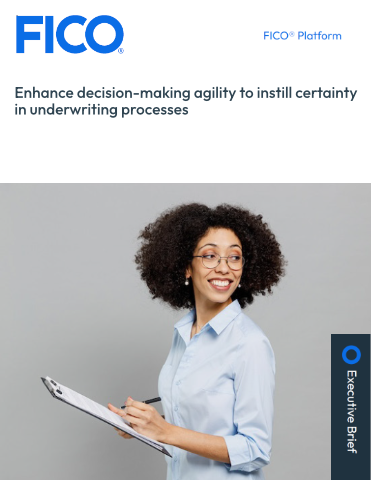How insurance firms can overcome legacy system barriers
Sponsored by Charles Taylor InsureTechLegacy systems, and limited time and resources to upgrade them, are restricting many insurers from fully adopting digital technology – but you don’t have to do everything at once

Embracing digital technology is essential for insurance businesses, helping them to meet growing customer expectations in service and accessibility through different channels, as well as ensuring internal efficiency and compliance with regulations.
While insurers know they need to digitalise, they are often constrained by legacy IT systems, that have typically been developed over many years. “The first big challenge is to identify all the different systems and processes involved,” says Lautaro Mon, Insurance Modernisation Managing Director at Charles Taylor InsureTech. He uses the analogy of spaghetti to describe the intricate sprawl of IT systems and applications that have developed over time, and it’s this complexity that firms must seek to clarify.
Once insurers understand what they are dealing with, they can devise a strategy to embark on the path to digital modernisation. According to Mon, there are two main options: completely overhauling legacy systems in one fell swoop, or taking a more problem-based approach. “With the first option, you effectively need to freeze the business and then allow time to recover,” he says. “This process can take three to five years.” This only updates the core system, he adds, meaning additional apps that have been developed and bolted on over time will still be needed, or some capabilities may be lost.
The second option is to make selective improvements and gradually migrate away from legacy systems. “This is more tactical, based around solving a problem and then another one,” says Mon. “The trick is to analyse the situation and complement the existing systems so that those at the limits of their productivity can be extended while the business continues to operate.”
For this to happen, though, requires a middle layer of technology, and this is where the insurance industry is lagging. “Two out of three insurers don’t have a middle layer,” he points out. “This integration layer brings all the other satellite systems, such as apps and the core system, together. It can connect your existing ecosystem with your current and future business needs.”
The first step for businesses looking to modernise systems with a middle layer is to analyse the main barriers preventing business objectives from being realised. This could be business continuity, or compliance with GDPR requirements. “You need to be very clear about the problems you are trying to solve, and why,” says Mon.
The second step is to map out the existing process, identifying the systems involved and how these integrate and communicate with each other. “Once you know how everything works, you can start to plan and define steps that help you achieve your goals in a more evolutionary way,” adds Mon.
Existing technology is often closely tied to the identity of an insurance firm and its DNA, Mon notes, so it makes sense to reuse as much of the current tech stack as possible. “We train the client, or vendors that the client wants to be part of the project, to work together in a very collaborative way,” he explains. “Insurance is a knowledge-based industry, and the client is the one that understands their business best, so it’s important to work together to bring value to that business as soon as possible.”
Security is an important element that also needs to be factored in. “Technology and decisions that were made 10 or 15 years ago can leave companies open to new threats,” points out Mon. “If you have a couple of core systems and 100 satellite systems, you need an extra layer that ensures everything that goes in and out is secure.” Deploying artificial intelligence and machine learning technology can also help identity fraudulent attacks, he adds.
As well as helping insurers meet customer expectations today, embracing digitalisation in such a manner will also allow them to evolve over the coming years, suggests Mon. “No one can predict what is going to happen in 10 years’ time, let alone 20,” he says. “The key is to be adaptable and flexible. That means evolving your spaghetti systems so new technology can interact with existing technology and legacy systems to help achieve your business goals. No one wants to be the next Kodak.”
To find out more about how Charles Taylor can help your insurance firm modernise its digital infrastructure, click here

Business Reporter Team
Most Viewed
Winston House, 3rd Floor, Units 306-309, 2-4 Dollis Park, London, N3 1HF
23-29 Hendon Lane, London, N3 1RT
020 8349 4363
© 2025, Lyonsdown Limited. Business Reporter® is a registered trademark of Lyonsdown Ltd. VAT registration number: 830519543





